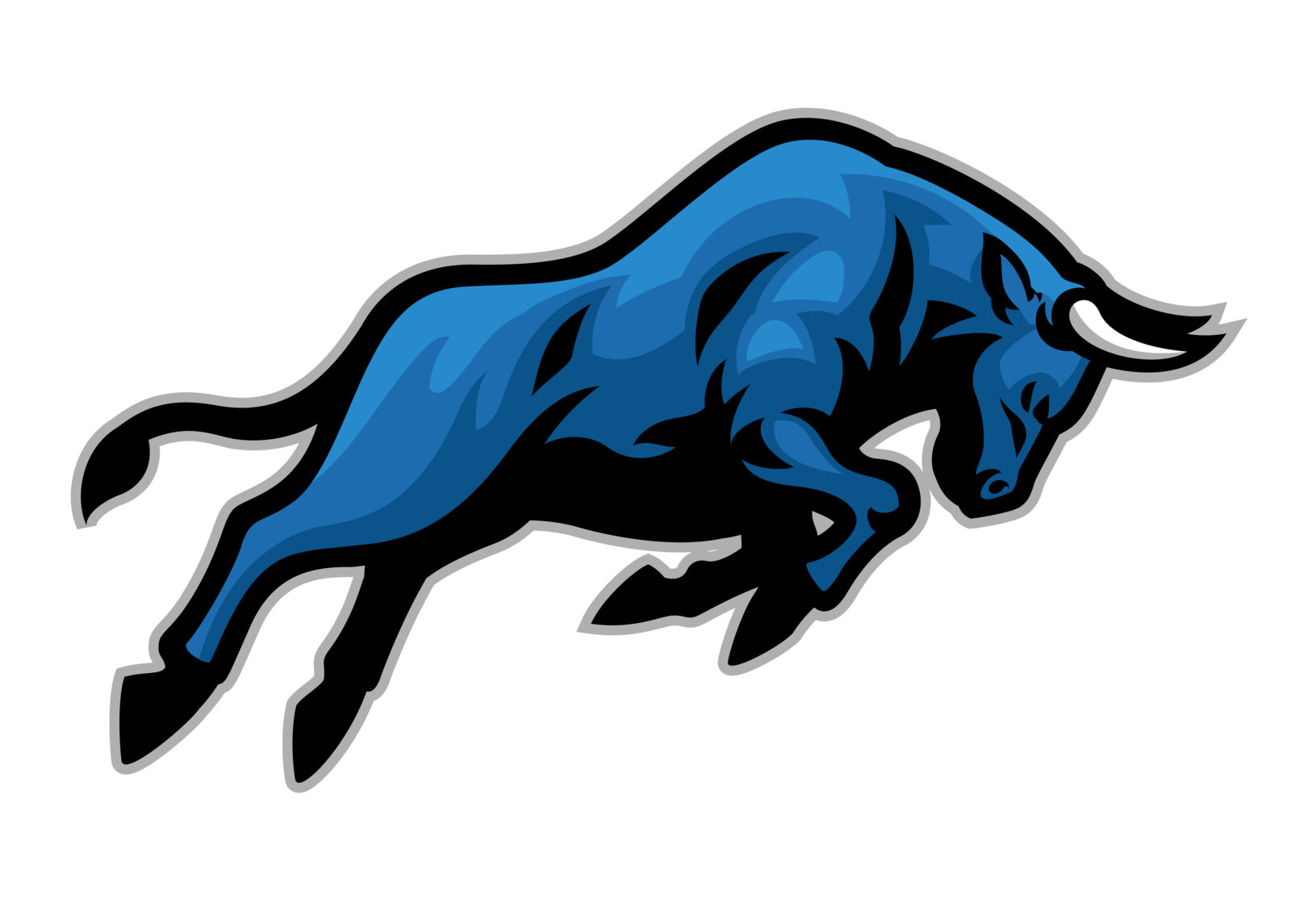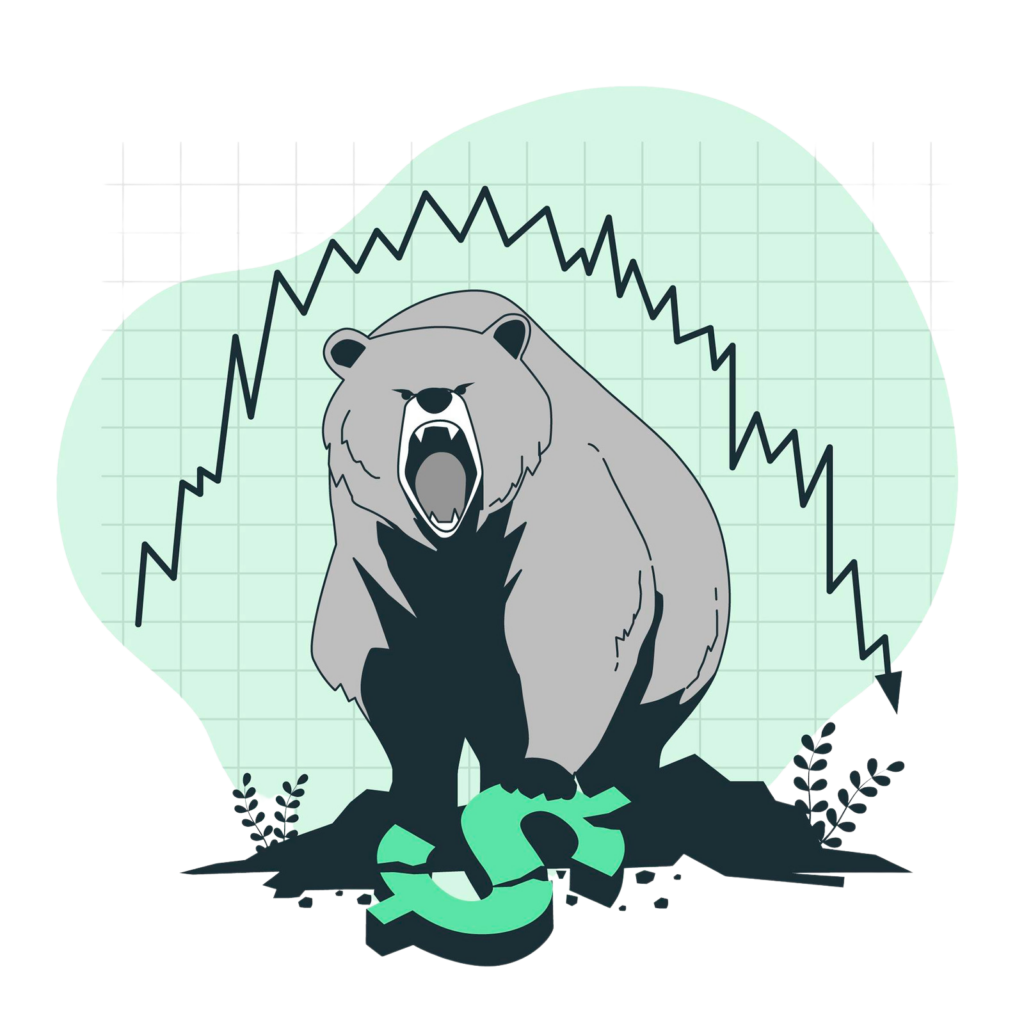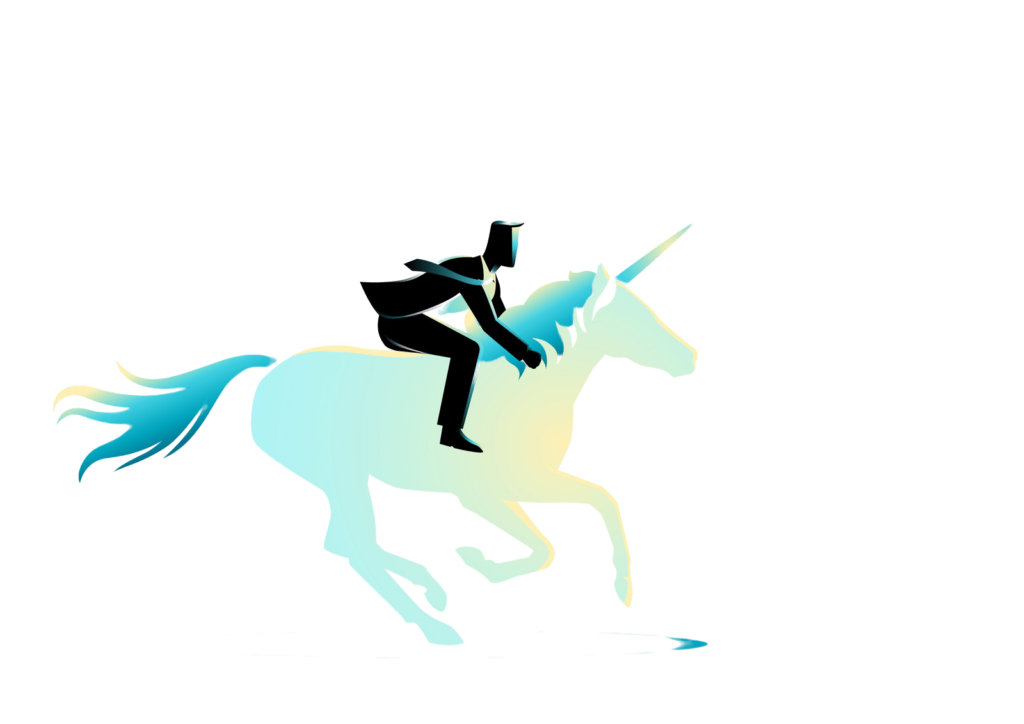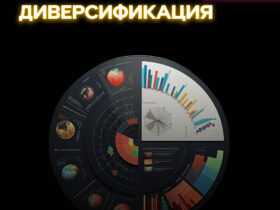
When studying investment literature, you will inevitably come across references to various representatives of the flora, which may surprise you. And if everyone is already more or less used to “bulls” and “bears”, without even understanding the exact meaning of these terms, then “turtles”, “ostriches” and “chickens” will certainly confuse.
But I have already saved you from having to look for information - I have collected all the animals in one article. I explain in order.
Indeed, bulls and bears are heard even among beginners in the world of investments. But, plunging deeper into the topic, the inquisitive reader encounters completely unexpected animals and even birds.
It's time to be clear. Along the way, we will find out why in the famous film it is the Wolf, and not some other animal from Wall Street.
Bulls

What are bulls doing? They buy. The more bulls, the higher the shares are quoted. Bulls are bullish and generally expect a certain position or market to rise.
This is why a bullish trend is a sustainable uptrend. This trend was observed in American companies from spring 2009 to spring 2020. This 134-month long bull run (a record long) was accompanied by a fourfold increase in the stock index, which is also a record for profit.
Bears

The reverse situation with bears is that they are pessimists, confident in the fall of some asset or the market as a whole. Bears get rid of positions, and not only from their own, but can also trade short - that is, sell the shares they borrowed in order to buy them back even cheaper after a while and profit from the price difference.
Here it is worth mentioning that a bull or a bear is not the name of a player that sticks to him forever, but rather the name of his mood in a particular period. That is, we are talking about a trend: when an investor is determined to buy promising assets of a successful company, then he is a bull. But, as soon as the company's business gets worse, or its shares rise unreasonably, the player will most likely want to get rid of the assets at the peak of their value, and at that moment he is a bear.
If the bears dominate and the bulls are in the minority, then an exchange crash occurs, reinforced by such psychological factors as panic and herd mentality. During such periods, margin trading quickly stops, that is, lending from brokers stops.
If stocks are down 20% or more from their last peak, then we can talk about a bearish trend. This was in the spring of 2020 due to COVID-19 and lasted only 33 days - a record short time. Then the prices of key stocks fell by 34%.
Moose

The name comes from the word loss (loss, English). The expression "cutting the elk" means closing losing trades on the stock exchange and fixing losses. This reduces the tax base from successful transactions, as a result of which the taxpayer pays less taxes. Thus, moose are not always slaughtered out of hopelessness, but sometimes on purpose - an investor sells unprofitable positions at the end of the year in order to buy them again or similar ones later. This is a legitimate way to optimize tax payments.
black swans

This beautiful name denotes rare phenomena and events that could not be predicted, but entailed noticeable consequences. Such events can be both catastrophes, earthquakes, wars, and breakthroughs in science. For example, when the COVID-19 infection spread throughout the planet, this is a black swan.
The term was introduced by Naseem Taleb and described in the book of the same name.
Unicorns

Here we will talk about venture investment - financing start-up companies, as a rule, before their initial public offering on the stock exchange.
Unicorns are startups with a capitalization of $1 billion or more. A venture investor must recognize the unicorn, that is, find a future super-successful project among a huge number of other beginners.
For example, Peter Thiel, an American businessman, invested half a million dollars in Facebook in the summer of 2004, which gave him a seat on the board of directors and a 10,2% stake in the company. Eight years later, he sold his stake for $1 billion.
Whales

Whales, as you might guess from the name, are serious figures in the stock market, to some extent creating trends with their behavior.
As a rule, these are sovereign wealth funds, hedge funds (focused on the harmonization of profitability and risk indicators), which perform an insurance function for investors. From what shares they buy or sell, to a large extent, the further dynamics of the value of these shares depends.
Whales have a continuous strategy that they do not change, regardless of the succession of events and fluctuations in courses. It is not uncommon for small fish to want to snuggle up to a whale and profit from the price momentum it generates.
For example, the rebalancing of the stock index of the Russian market sometimes significantly changes the value of shares of individual domestic companies. Funds buy and sell securities according to the composition of the index.
Wolves

Volkov is distinguished by his commitment to unethical, illegal methods of making a profit from investments. It is these investors who are condemned and punished for fraud - when they can be caught, of course.
The same film starring DiCaprio is about a trader who stirred up the stock market and manipulated it in his favor.
Deer and everything-everything-everything in the world of investments
Now let's talk about other, slightly less common names.
Sharks. Traders are professionals who will definitely not leave without profit. Once they get what they want—usually pretty quickly—they exit the market.
Sharks are money oriented and don't like to wait. They have deep technical knowledge and a developed instinct, thanks to which they notice profitable parties on the stock exchange from a distance.
Hares. Traders looking for quick and very small earnings. They open positions for a period of about a few minutes and profit from minor price changes.
Hares tend to make a large number of transactions per day, which is associated with unprofitable transaction fees.
The reverse situation is turtles. They play for a long time, not paying attention to periodic changes in the price of assets.
Turtles save a lot on taxes and brokerage fees. Russian laws provide for the possibility of releasing profits from the sale of shares of domestic companies held by the seller for more than three years - 3 million rubles for each year.
There is also a “turtle strategy”, the principle of which is to hold on to profitable assets and get rid of unprofitable ones. A simple approach, however, is not so easy to implement - requiring endurance and unconditional consistency.
Pigs Impulsive, not technically savvy hunters for quick and big profits. They take big risks without understanding the essence of the situation on the stock exchange, relying on hype and guru advice. In most cases, pigs remain in the red.
In the domestic market, such players are also known as hamsters.
Sheeps - driven by the general trend. When conditional “everyone” buys stocks indiscriminately, sheep also buy, thus falling into a growing trend at the end. In turn, they get rid of depreciating assets right before they begin to rise in price. Sheep usually do not seek to develop their own plan of action, they have enough opinions from authoritative sources.
Ostriches. Of these players are distinguished their behavior in case of problems: they stubbornly do not notice any prerequisites, or the first bells, or even a clear drop in their assets as a whole. Ostriches are waiting for the situation to somehow even out, and their money will remain safe.
Chickens These are players who are cautiously making moves in the stock market. Everything around them inspires fear, they do not trust anything and use the old-fashioned way such means as bank deposits and bonds.
If they happen to be faced with the purchase of shares, they will doubt for a long time, try to weigh the pros and cons. And then they get scared at the first downward movement of the rate and get rid of the asset, fearing big losses.
Deer. They are focused on getting quick small profits, including from daily rate fluctuations. The term is sometimes used as a contrast to bulls and bears who work for the future.
Deer are also called traders who acquire the assets of a company with an IPO and then sell them at auction.
Doves and hawks. This is not about individual players, but about the nature of the actions of the federal reserves and central banks on the stock exchange. The hawkish approach is when the mentioned structures are in favor of raising interest rates, tightening the state's monetary policy. The dovish approach is the opposite, that is, when they advocate easing.
We summarize
Delving into the terminology of the world of investments, you are faced with an incomprehensible, at first glance, “zoo”. Other names are found only among domestic investors, or, on the contrary, are in use in the West and are less familiar to the Russian ear.
It can also be observed that the names of mammals denote more or less large players on the stock exchanges, and the names of birds denote phenomena in macroeconomics (not counting the ostrich).









leave a comment